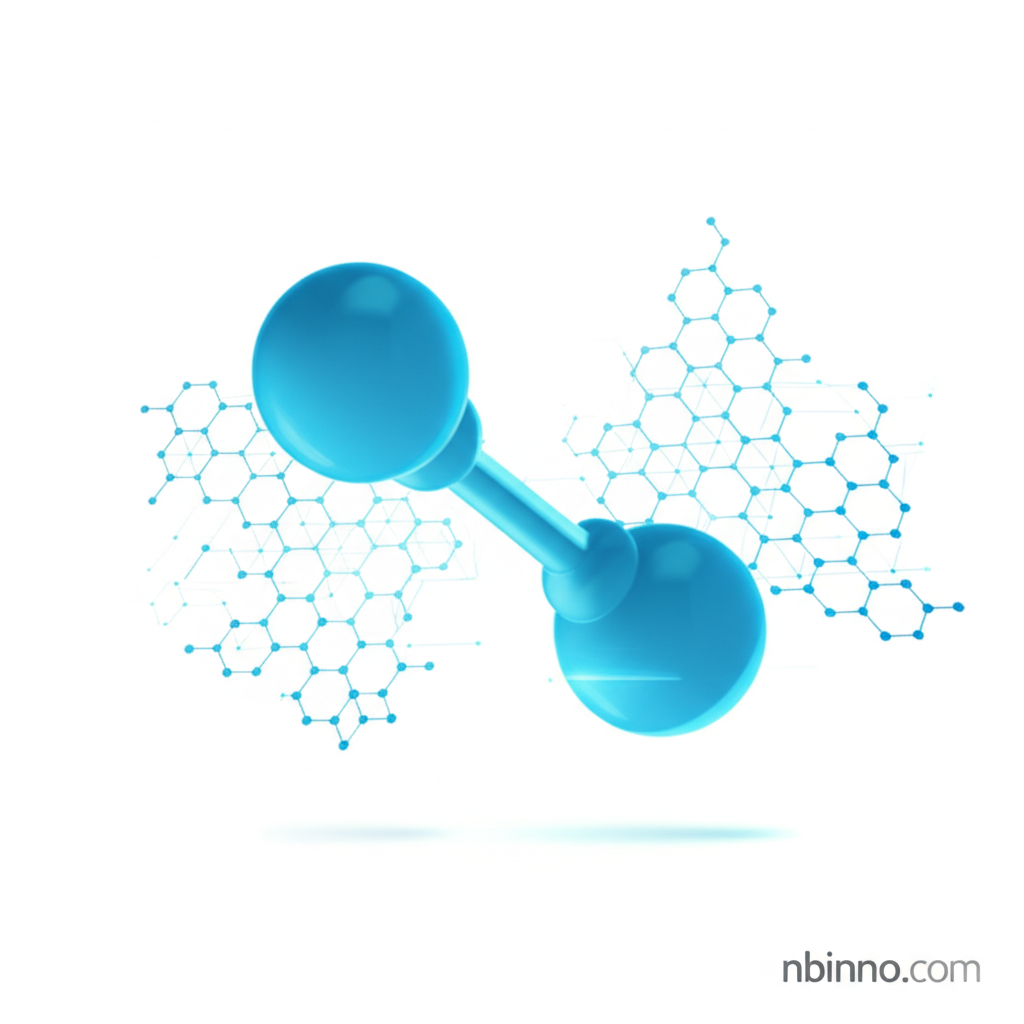Tetrafluoromethane (CF4): Properties, Applications, and Safety for Industrial Use
Explore the unique characteristics of Tetrafluoromethane (CF4), a critical gas in modern industries from semiconductor manufacturing to advanced refrigeration. Discover its applications, chemical inertness, and the safety protocols essential for its handling.
Get a quote & sampleProduct Core Value

Tetrafluoromethane
As a leading supplier of specialty gases in China, we are committed to providing high-quality Tetrafluoromethane (CF4). This colorless, odorless, and non-flammable gas is vital for numerous advanced industrial processes. Our dedication to a complete fluorochemical products and technology platform ensures customers receive convenient, one-stop services for CF4 and related products.
- Unlock precise semiconductor processing with CF4, leveraging its capabilities in plasma etching for silicon, silicon dioxide, and silicon nitride.
- Discover efficient low-temperature refrigeration solutions using R-14, a key refrigerant in specialized cooling systems.
- Ensure product purity and reliability for critical applications; we are a trusted manufacturer in China.
- Understand the chemical inertness and stability of CF4, crucial for demanding industrial environments.
Advantages Offered by Tetrafluoromethane
Exceptional Chemical Inertness
Tetrafluoromethane exhibits remarkable stability due to the strength of its carbon-fluorine bonds, making it resistant to acids and hydroxides. This chemical inertness is vital for its use in demanding industrial applications.
Versatile Semiconductor Etching
In the electronics industry, CF4 is a cornerstone for plasma etching, enabling precise material removal for creating complex microelectronic devices and understanding semiconductor processing.
Effective Low-Temperature Refrigerant
As R-14, Tetrafluoromethane serves as an effective refrigerant for ultra-low temperature applications, contributing to advancements in cooling technologies and the broader refrigerant landscape.
Key Applications
Semiconductor Manufacturing
CF4 is extensively used in plasma etching for silicon, silicon dioxide, and silicon nitride, crucial steps in the fabrication of microchips and electronic components.
Refrigeration Systems
Known as R-14, it functions as a low-temperature refrigerant, particularly in specialized cooling systems requiring extremely low operating temperatures.
Plasma Chamber Cleaning
It serves as an effective gas for cleaning deposition chambers in semiconductor manufacturing, ensuring optimal equipment performance and process consistency.
Specialty Chemical Synthesis
As a source of fluorine and fluorinated radicals, CF4 finds applications in specialty chemical synthesis and research and development.
